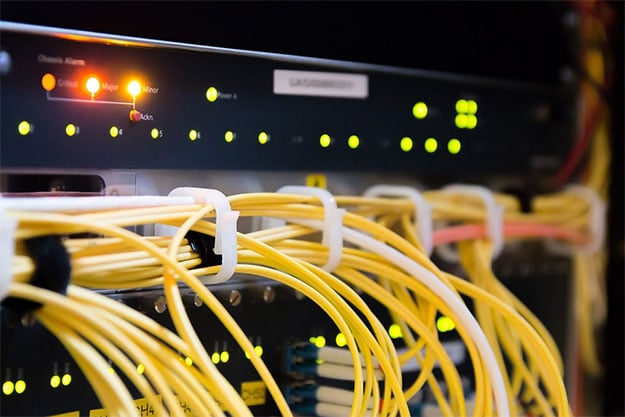Ajit Pai And The FCC Want To Gimp Broadband Speed Standards After Killing Net Neutrality

It's our job to be impartial and report on the news from an unbiased perspective, but boy does the Federal Communications Commission and its chairman Ajit Pai make that difficult. Apparently it was not enough that the FCC voted 3-2 to erase net neutrality regulations, ignoring popular opinion as well as pleas from the Internet's pioneers. Now the FCC wants to lower the broadband speed standard in a roundabout sort of way.
The wireless standard proposed is 10Mbps down and 1Mbps up. That's less than half of the current land-based broadband standard, which was bumped up to 25Mbps down and 3Mbps up in 2015, amid groans from ISPs. At the time, service providers argued that 25Mbps down / 3Mbps up was too fast of a standard. Tom Wheeler, who was then the FCC chairman, pointed out that ISPs had no qualms about marketing faster speeds to consumers, while pitching for a slower standard to the FCC.
“In their marketing materials Verizon says, ‘while FiOS provides a lot of speed for bandwidth hungry devices, you’d be surprised how fast it goes. You can think of your household’s Internet connection like a pizza to be shared with your whole family. Some people are hungrier than others and if too many friends show up no one will get enough to be satisfied.’ This is what their website says," Wheeler said at the time, according to Arstechnica. "'25/25 is best for one to three devices at the same time, great for surfing, e-mail, online shopping and social networking, streaming two HD videos simultaneously. 50/50 is best for three to five devices at the same time, more speed for families or individuals with multiple Internet devices, stream up to five HD videos simultaneously.’ Somebody is telling us one thing and telling consumers another."
To be fair, the FCC is not proposing that the official broadband classification for land-based serviced be lowered, it wants to keep the metric at 25Mbps down / 1Mbps up. However, the FCC wants to both introduce a slower wireless broadband classification (10Mbps down / 1Mbps up) and determine broadband availability on either wireless or wired. In other words, if you live in a rural area where no ISP is offering wired speeds of at least 25Mbps down / 1Mbps up but can get wireless service at less than half those speeds, the FCC would no longer count you among those who don't have access to broadband.
By allowing wireless/mobile service to qualify as broadband, the FCC would be successful in reducing the reported number of Americans who do not have access to high-speed Internet. The problem with that approach is that it doesn't do a thing to spread broadband to rural areas—it cleverly sidesteps the problem rather than solving it. In a sense, the FCC is moving the goalpost and claiming a touchdown.
The FCC's reasoning for this is because more and more Americans are getting online with their mobile phones (and tablets). Furthermore, a growing number of Americans only use their smartphones for Internet access.
"According to the Pew Research Center, the percentage of Americans subscribing to fixed broadband has reached an all-time high of approximately 73 percent. At the same time, 13 percent of Americans across all demographic groups are relying solely on smartphones for home internet access," the FCC says. "Given that Americans use both fixed and mobile broadband technologies, we seek comment on whether we should evaluate the deployment of fixed and mobile broadband as separate and distinct ways to achieve advanced telecommunications capability."
Looked at from a different perspective, three-fourths of Americans subscribe to wired broadband service, and only one out 10 people rely solely on wireless service. Yet the FCC wants to create a wireless broadband standard and apply it universally. ISPs would then thump their chests over how much progress they've made in expanding broadband availability, without actually doing so. How fantastic.

